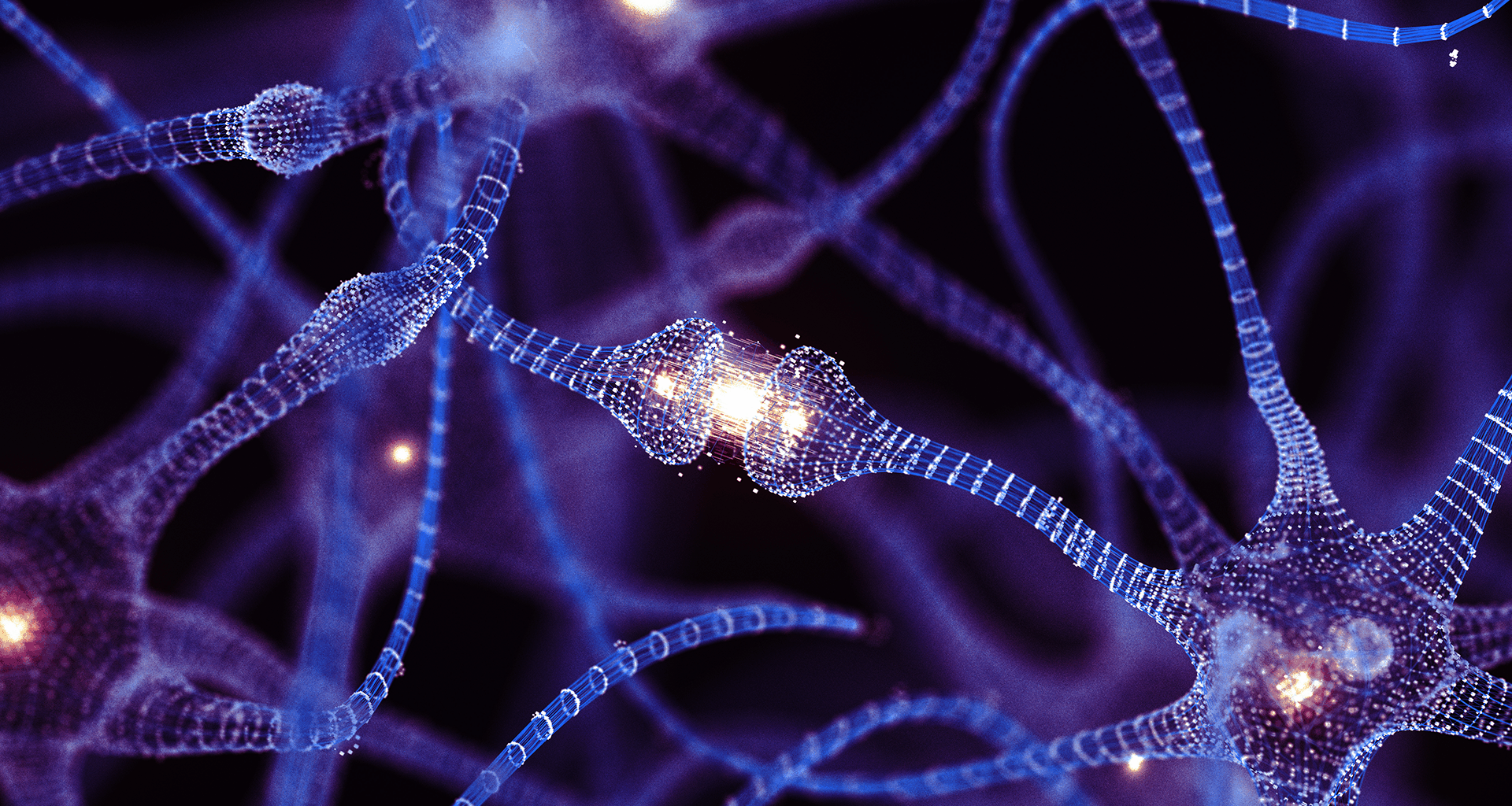Scientists are growing tiny clumps of living human brain cells and using them to power computers. The emerging field, known as biocomputing or wetware, is being explored by a handful of research institutions worldwide, aiming to tap into the biological efficiency of the human brain to create an entirely new kind of processor.
The Swiss start-up FinalSpark is one of the pioneers in this field. Co-founded by Dr. Fred Jordan, the company is experimenting with “bioprocessors,” clusters of neurons called organoids that perform simple computational tasks. “Instead of trying to mimic the brain with silicon, let’s use the real thing,” Jordan told AFP.
These brain organoids are created from human skin cells, reprogrammed into stem cells, and then developed into neurons. Each organoid, roughly the size of a fruit fly’s brain, contains about 10,000 neurons, a minuscule fraction of the 100 billion in a human brain. Yet, they can already demonstrate basic learning behaviors and responses to electrical stimulation.
How the living computers work
In FinalSpark’s lab, the organoids are kept alive in a nutrient-rich solution and connected to electrodes that act as a communication bridge. When a scientist sends an electric pulse through the electrodes, the neurons can respond with activity spikes, a biological equivalent of the binary ones and zeroes in digital computing.
BBC science editor Zoe Kleinman, who visited the lab, described the experience of pressing a keyboard key that triggered electrical impulses into the organoid. When it worked, the screen displayed faint jumps in neural activity, resembling an EEG readout. “You press a key, and you can just about see a little jump of activity on a screen in response,” she wrote.
Recent developments in biocomputing have also explored ways to make these mini-brains learn more effectively. Some experiments have shown that organoids can be “rewarded” with dopamine, the brain’s natural pleasure chemical, to reinforce desired neural activity. This process mimics how the human brain learns through reward and motivation, suggesting a possible biological pathway for training living processors more efficiently.
These experiments mark the first steps toward teaching the organoids to “learn,” to respond, adapt, and process information the way artificial intelligence (AI) systems do, but with a fraction of the energy consumption. According to Jordan, biological neurons are one million times more energy-efficient than artificial ones. This efficiency could make wetware a potential solution to the surging energy demands of AI models, which currently rely on power-hungry silicon chips.
However, the process of maintaining these living computers is delicate. Unlike traditional processors, organoids cannot be rebooted once they die. “Organoids don’t have blood vessels,” explained Professor Simon Schultz, Director of the Center for Neurotechnology at Imperial College London, to the BBC. “We don’t yet know how to make them properly. So this is the biggest ongoing challenge.”
At present, FinalSpark’s organoids can survive for up to four months. Before they die, scientists sometimes record a sudden burst of neural activity, a phenomenon Jordan described as similar to the brain’s final surge before death in humans. “It’s sad because we have to stop the experiment, understand the reason why it died, and then we do it again,” he said.
The road ahead for biocomputing
While the technology is still in its infancy, researchers see vast potential in biocomputing. Beyond replacing silicon, it could provide insights into how human brains function, and help in neurological research and drug testing.
FinalSpark’s work is part of a growing global effort. According to AFP, 10 universities are already collaborating with the company, and its website even features a live feed of the neurons in action. In 2022, Australian firm Cortical Labs demonstrated similar progress by training artificial neurons to play the video game Pong. Meanwhile, researchers at Johns Hopkins University are studying mini-brains to model diseases like Alzheimer’s and autism.
Still, scientists caution that wetware is unlikely to replace silicon-based computing anytime soon. “Biocomputing should complement – not replace – silicon AI, while also advancing disease modeling and reducing animal use,” Dr. Lena Smirnova of Johns Hopkins University, told BBC.
The ethical dimension of creating and manipulating living brain cells remains under discussion. FinalSpark collaborates with ethicists to ensure the research remains within clear moral boundaries. The company stresses that its organoids, lacking pain receptors and complex brain structures, cannot experience consciousness.
Even as the technology remains experimental, its implications are profound. Biocomputing could one day radically change how data centers operate, using living tissue instead of silicon. For Jordan, who grew up inspired by science fiction, this moment feels like something out of those stories. “When you have a movie of science fiction, or a book, I always felt a bit sad because my life was not like in the book,” he told BBC. “Now I feel like I’m in the book, writing the book.”

